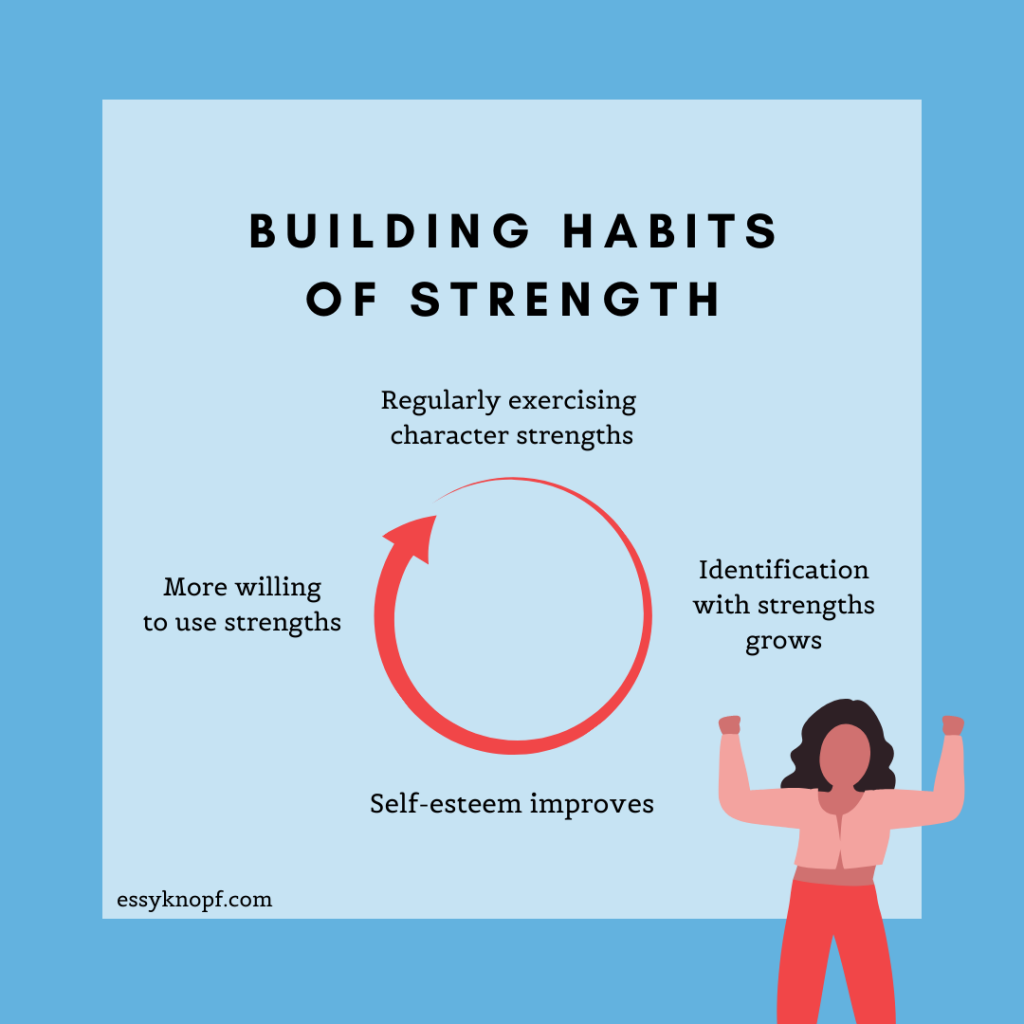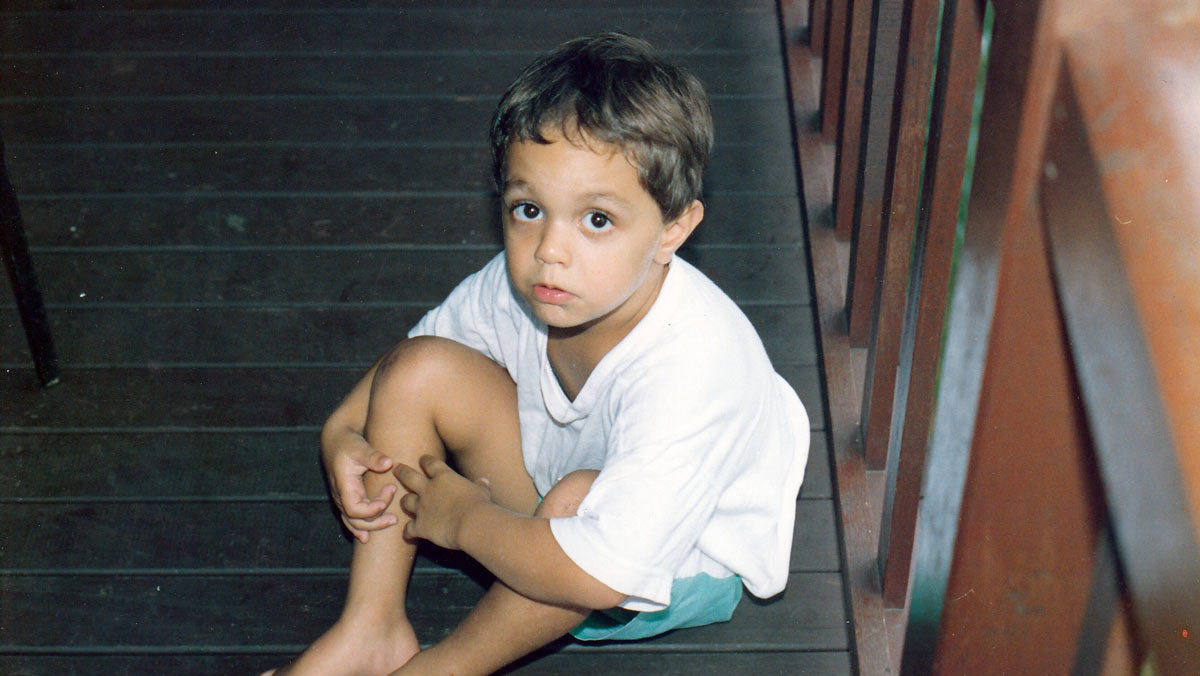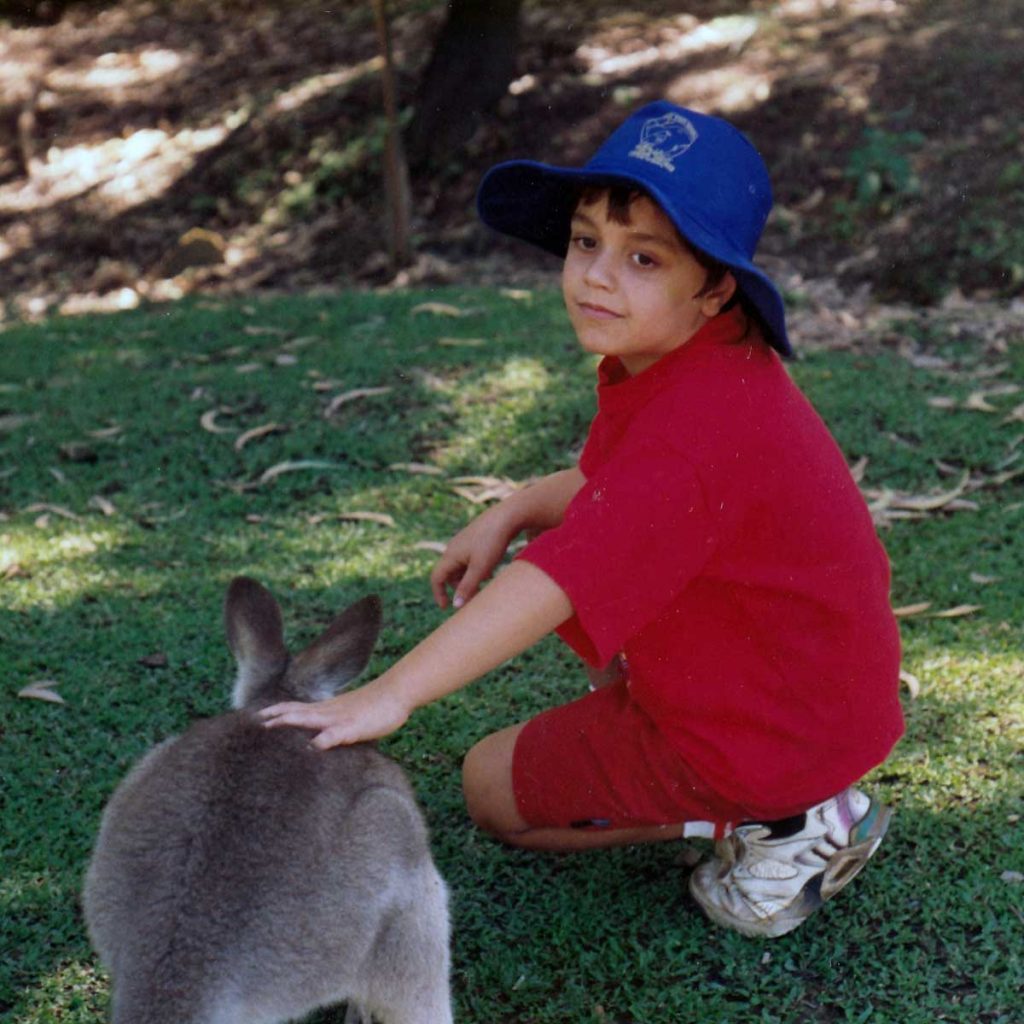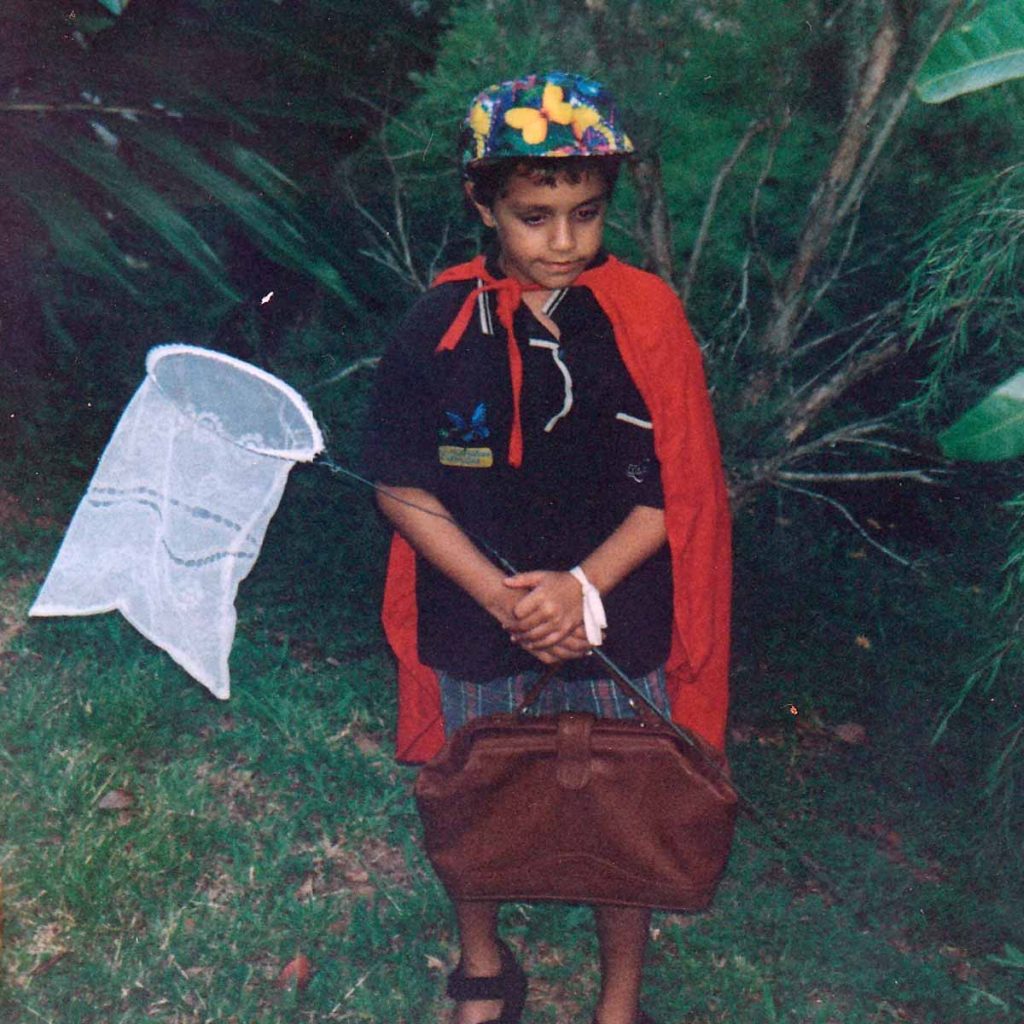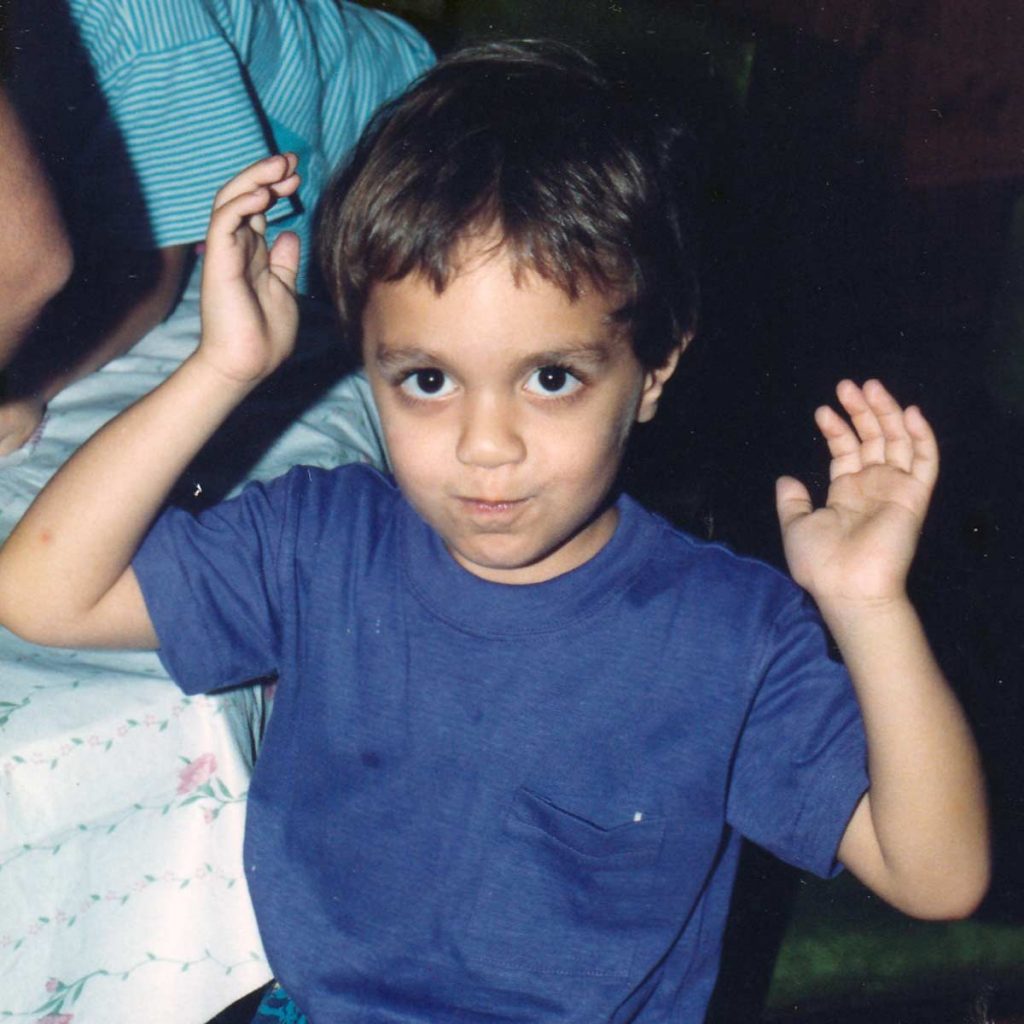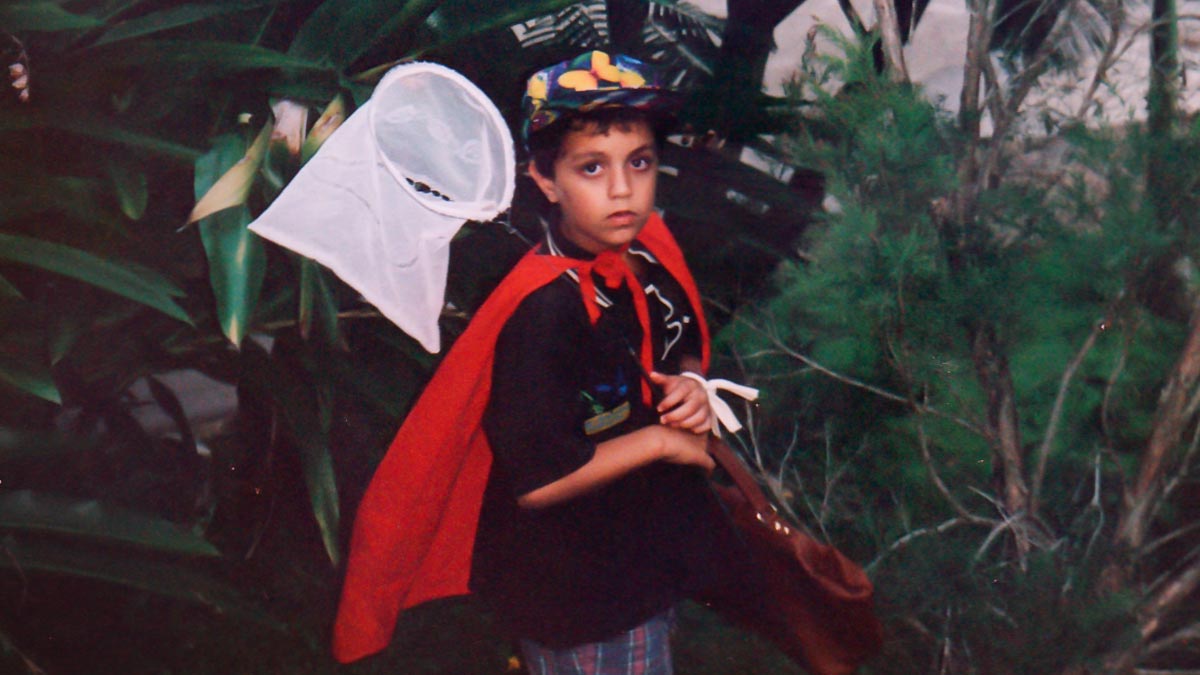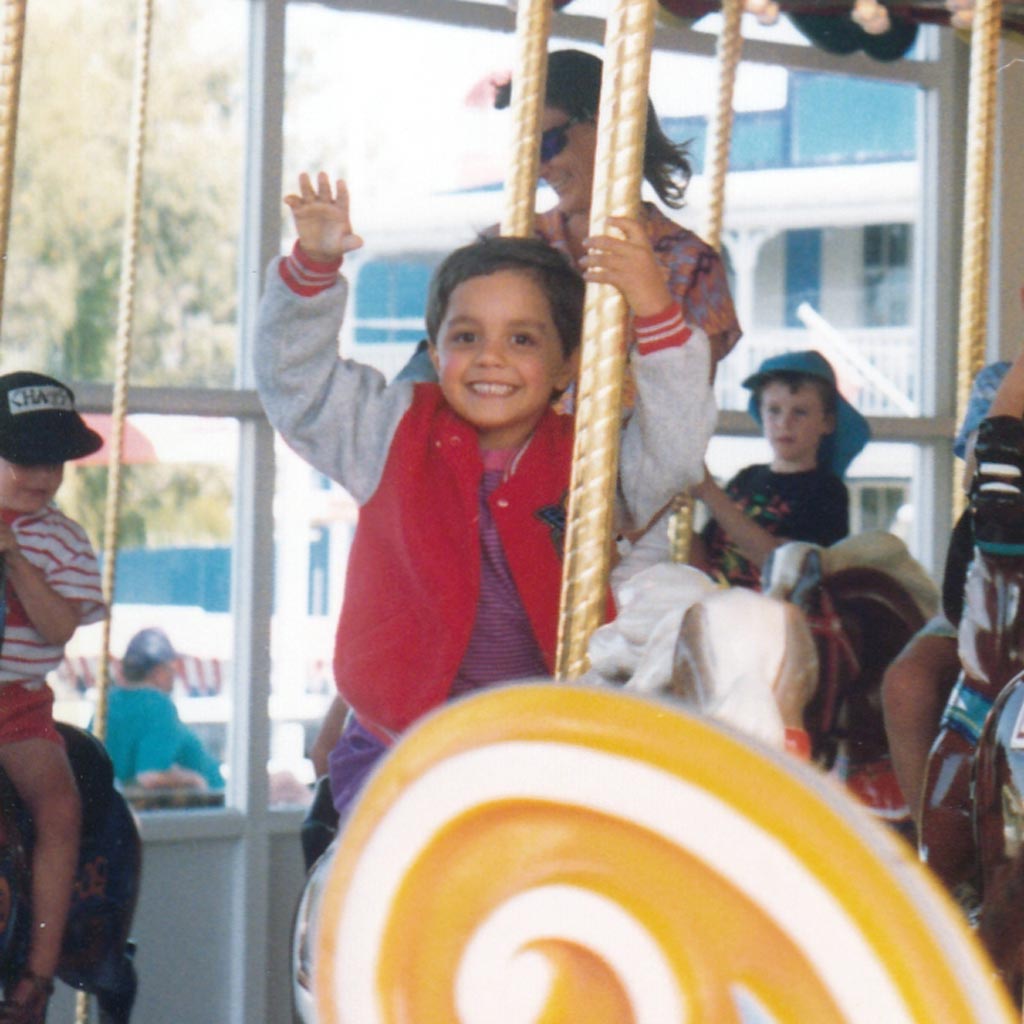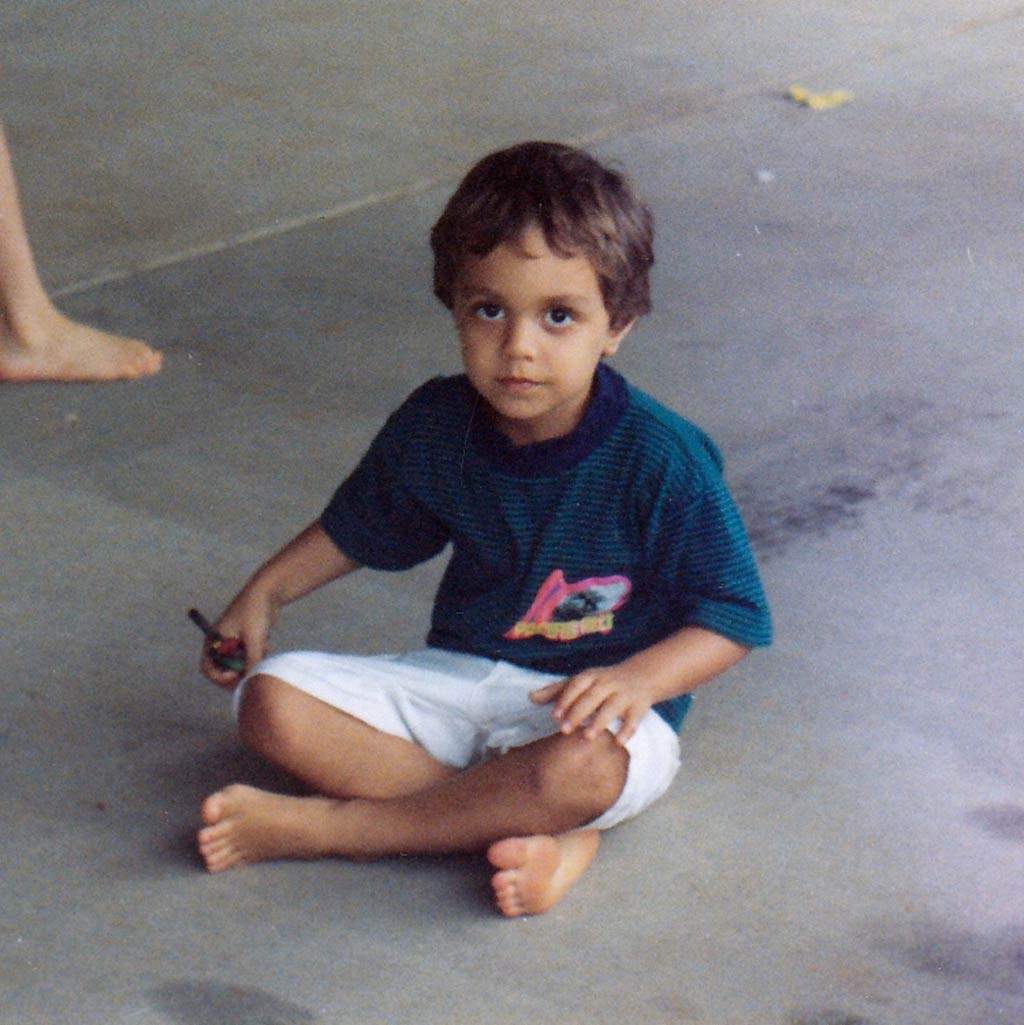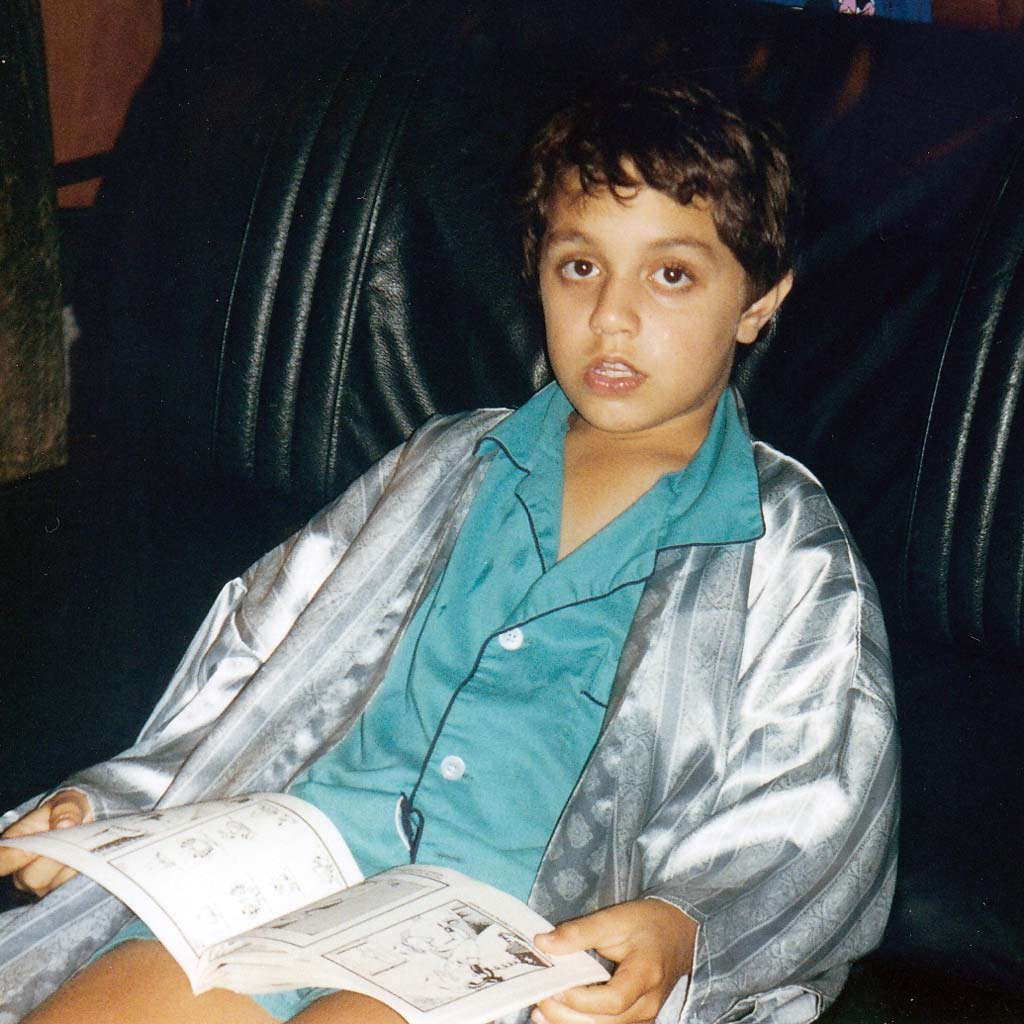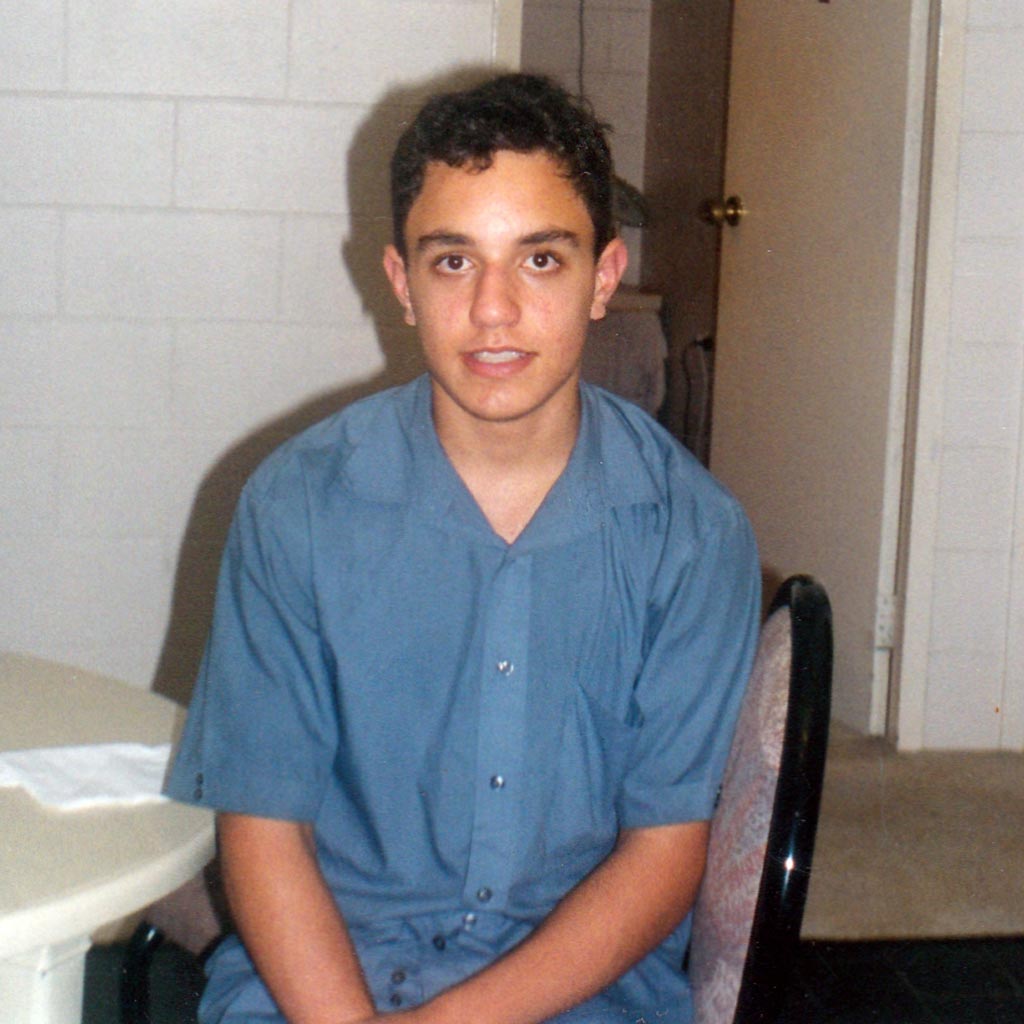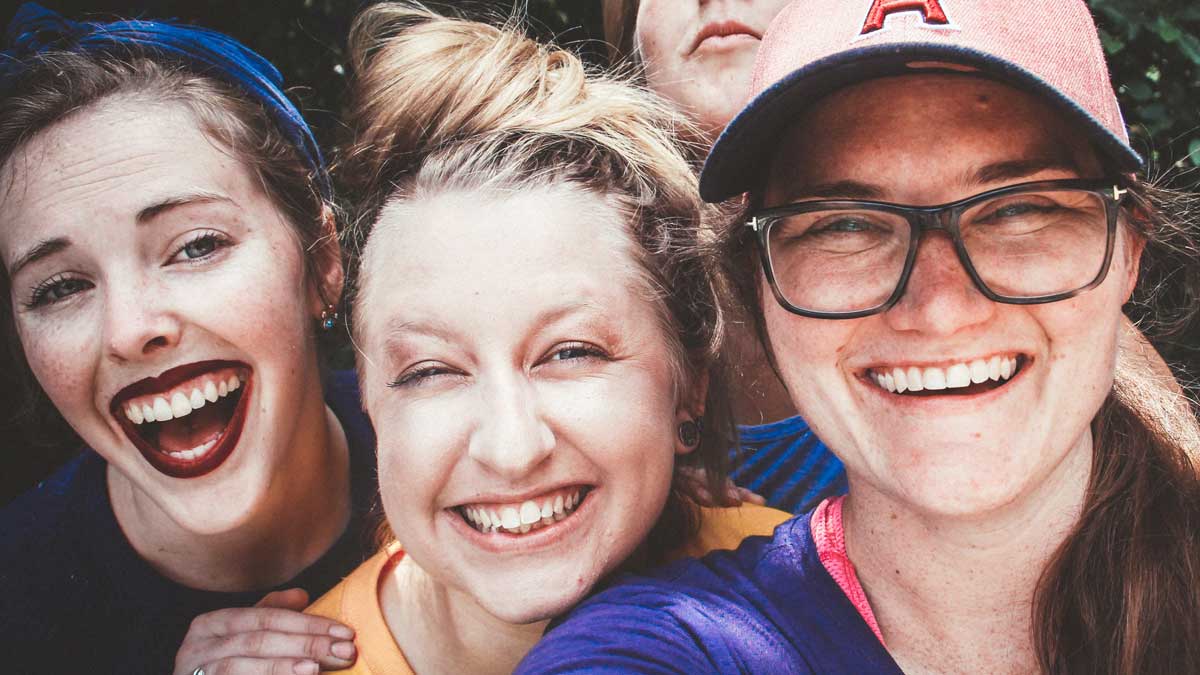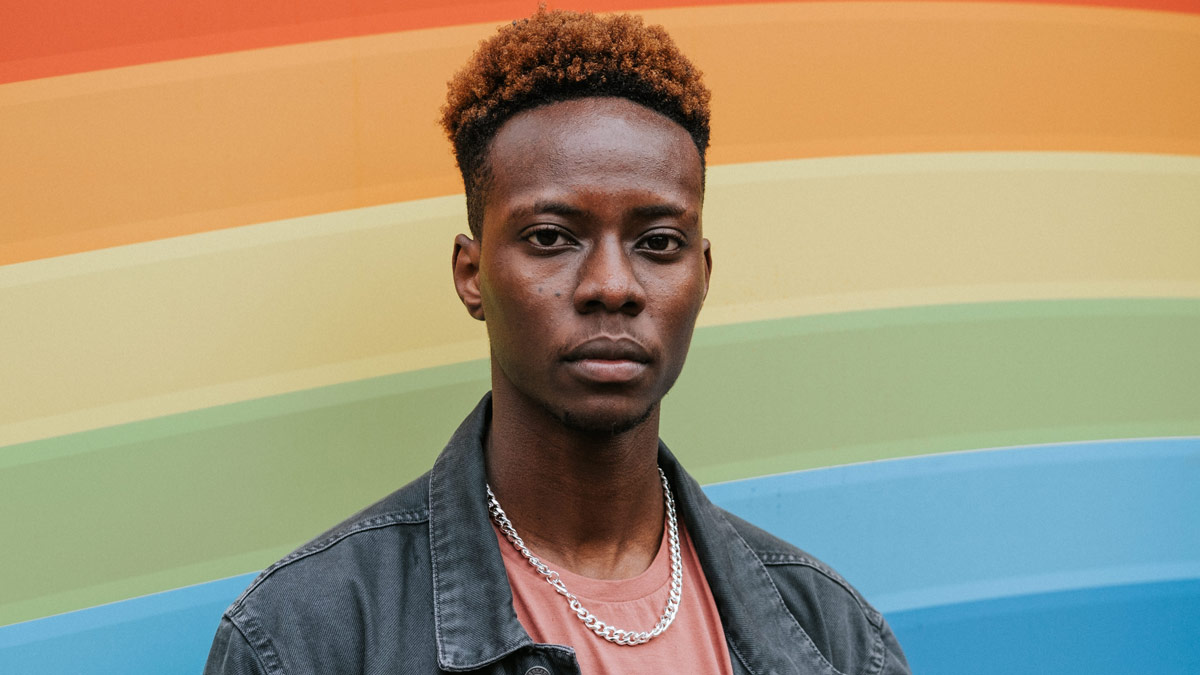Neurodivergents mask to survive systemic ableism—but at what cost?
Autistic/ADHD individuals learn early on that if they want to survive in a society shaped by systemic ableism, they have to mask their true selves.
But over time, masking damages our self-worth. And it may fuel internalized ableism. So why then do we persist in doing it?
While accommodations are sometimes made for people with disabilities/who are neurodivergent (ND), they are by far the exception to the rule.
In the case of autism and ADHD, accommodations can be even less likely, due to what clinicians call “disguised presentation”. That is, neurodivergence isn’t always that obvious, in some cases because the autistic/ADHDer is working very hard to keep their struggles hidden.
Neurotypicals (NTs) as a result may expect NDs to meet the same standards as people just like them, setting the bar for acceptance impossibly high.
When NTs expect ND folk to think and behave as they do, the moment the ND individual drops their mask—for example, by being overly direct or failing to read social cues—the NT will attribute that lapse to another cause, such as them being “selfish” or “rude”.
They may even respond by criticizing, judging, punishing, and excluding the ND.
Systemic ableism & microaggressions
The issue here is not merely that NTs are intolerant of neurodiversity and the differences it presents. It’s that NTs, in general, operate from baseline expectations that are ableist.
Most are oblivious to the extent to which this ableism informs their thinking, resulting in microaggressions: the “commonplace daily verbal, behavioral or environmental slights, whether intentional or unintentional, that communicate hostile, derogatory, or negative attitudes toward stigmatized or culturally marginalized groups” (see Microaggressions in Everyday Life).
Microaggressions can happen even within the families of ND folk. For instance, I remember my own parents calling me “antisocial” for my tendency to choose the company of books and computers over that of other human beings.
They also play out at school, with kids slapping all kinds of hurtful labels upon their ND peers.
I recall even teachers telling me that I lacked “common sense”, and that my handwriting was “poor” and “sloppy”. Turns out, all of these traits were part and parcel of my being ND.
But even having a diagnosis doesn’t necessarily guarantee understanding and compassion.
Shortly after I was told I was autistic, I had a friend suddenly touch me from behind. When I reacted with shock and explained my reasons, this friend responded by cussing out my “Asperger syndrome”. (Note: This was my diagnosis at the time. It is now considered to be an outdated term and no longer exists in the Diagnostic and Statistical Manual of Mental Disorders).
Rather than apologizing for having startled me, this friend did what so many NTs did and called out my autism as being the problem.
Miscommunications & Theory of Mind
These misunderstandings are compounded by issues related to a skill called “Theory of Mind”.
Theory of Mind (ToM) has been defined as: “the ability to recognize and understand thoughts, beliefs, desires and intentions of other people in order to make sense of their behaviour and predict what they are going to do next”.
Researchers have claimed many ND folks have impaired ToM. What I’ve noticed however is that our unusual thinking style and behavior can also general a kind of temporary ToM impairment among NTs.
That is, NTs tend to ascribe NT motives to everyone, but doing this to ND folk can lead to confusion and misunderstanding. Turns on, there’s a name for this: the double empathy problem.
To give an example: when I got into trouble as a child, I would usually be upfront about the truth, believing that my confession would be taken at face value.
But protesting my innocence or admitting to my naivety would rarely win me favors. In one case, an adult suggested I was “stupid” for expecting them to believe my story.
What happened here was that this individual couldn’t fathom my intentions, and thus concluded my being honest had to be an act of deception.
Another example of this misattribution occurred during a visit to my parents. My mother told me she was going to fetch a can of tomatoes to make pasta sauce. With her fingers, she indicated that the can would be about the size of a bucket.
Knowing my mother had a tendency to bulk-buy, I assumed she indeed meant the can would be the size she suggested. Because of my impaired ToM, I interpreted her gesture literally.
When I expressed my confusion over why she wanted to use such a big can, it didn’t occur to my parents that I was genuinely confused. Instead, they accused me of being a smart aleck.
We mask because authenticity is risky
As I’ve mentioned, this tendency of NTs to not adjust expectations when dealing with an ND individual can sometimes be the result of the disguised presentation.
Specifically, when NDs present themselves as NT. In some cases, this camouflaging is deliberate, with the ND trying to mask their struggles for fear of being judged, attacked, or marginalized.
Like NTs, autistics want above all to be accepted for their authentic selves. But when ND authenticity collides with ableist expectations, as in the situations I’ve described, disaster can result.
Due to the double empathy problem, it can be hard to understand NTs and anticipate how they might react to our actions. So we become master imitators and concealers.
We mask, knowing that by hiding our neurodiversity, we are shielding ourselves against a perplexing and often hostile world.
Sometimes these compensations can be positive and adaptive, such as wearing headphones whenever out in public to compensate for sound sensitivities.
Other times, they are maladaptive. For example: avoiding talking about one’s interests, for fear of misreading social cues and rambling on.
But masking is self-defeating
NDs will often tell themselves that they need to change in order to fit NT expectations. But this really is an expression of internalized ableism.
Furthermore, ignoring your needs and hiding your differences as an ND is almost always self-defeating.
Years ago I had a friend who would invite me to the movies. Personally, I find sitting in a movie theater to be sensory torture, with people constantly rustling bags and crunching on popcorn.
Rather than explaining this to my friend, I went along with her invitations, usually at great discomfort to myself.
Feeling shame over my sensory problems, I refused to tell her about the issue. Eventually, I started making excuses for not being able to join my friend, who came to believe I was intentionally avoiding her.
Difficulties with executive function are common among ND folk. Personally, in the past, as a result of my ADHD, I have struggled with self-organizing, managing my time, and staying on track.
One time, a manager unloaded on me over this, accusing me of being self-absorbed and irresponsible.
Rather than reacting defensively, I admitted my mistakes and asked this manager how I could improve certain executive function skills. She replied by telling me that my request was “beyond the scope of her role”.
It was one thing to turn professional feedback into a personal attack, but to then deny me support was quite another.
This is, unfortunately, a common experience for NDs. Often we’re told that we have done wrong, without being told how to course correct.
Systemic ableism creates internalized ableism
Until I was diagnosed as autistic and ADHD, I didn’t have a framework by which to explain or defend my difference. Having long been challenged and attacked over my ND traits, defenses have usually felt necessary.
Of course, even without having fully understood the whys and hows of my challenges, I could have still spoken up and tried to negotiate accommodations.
What stopped me, however, was the belief that I was somehow choosing to be difficult. Having internalized ableism, I had come to feel inferior and ashamed of my differences.
My self-esteem consequently became conditional upon the approval of others. This led to me adopting a workaholic lifestyle in a bid to prove my worth to myself, and to others.
Personal boundaries blurred, to the point that I feared I was always somehow responsible when something went wrong.
Such was my shame that even after my diagnosis, I shied from the company of other NDs.
I convinced myself that the people who frequented autism and ADHD support groups weren’t like me, that I was somehow more “high functioning”—a term I’ve since realized is ableist.
What I feared—but dared not acknowledge—was that to be in their company might make me “one of them”.
Ableism creates so much stigma around disability/neurodivergence, that despite everything I knew, I still believed my autism and ADHD to be a kind of flaw or personal shortcoming.
Wrap up
Systemic ableism oppresses NDs by demanding we abandon our identities and silence our needs.
We can start countering it by leaning into authenticity, the practice Brené Brown defines as “letting go of who we think we’re supposed to be and embracing who we are”.
One immediate way we can embrace our authentic ND selves is by seeking out fellow NDs around whom masking isn’t necessary.
The ND community exists to normalize individual experiences and to combat the stigma that can make being disabled/neurodivergent such an isolating experience.
ND readers, how does ableism show up in your life? Do you recognize any of the forms of internalized ableism I’ve described here? Drop a comment below.
Essy Knopf is a therapist who likes to explore what it means to be neurodivergent and queer. Subscribe to get all new posts sent directly to your inbox.




